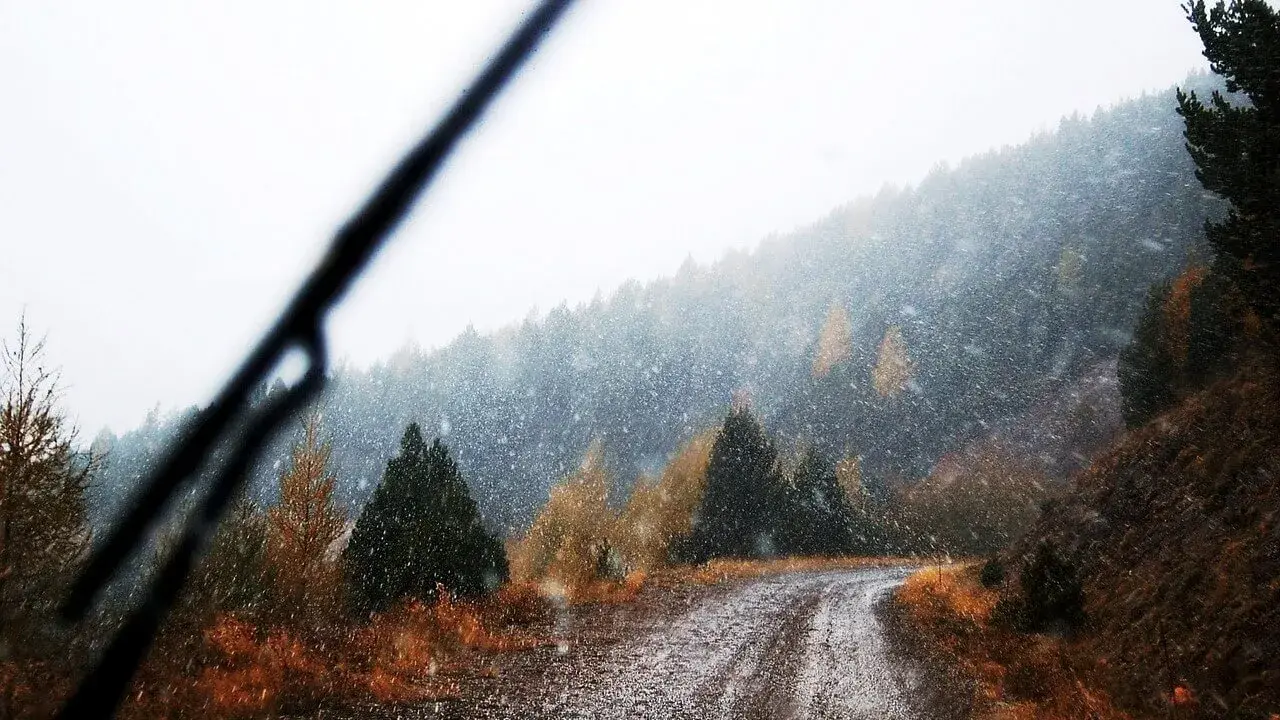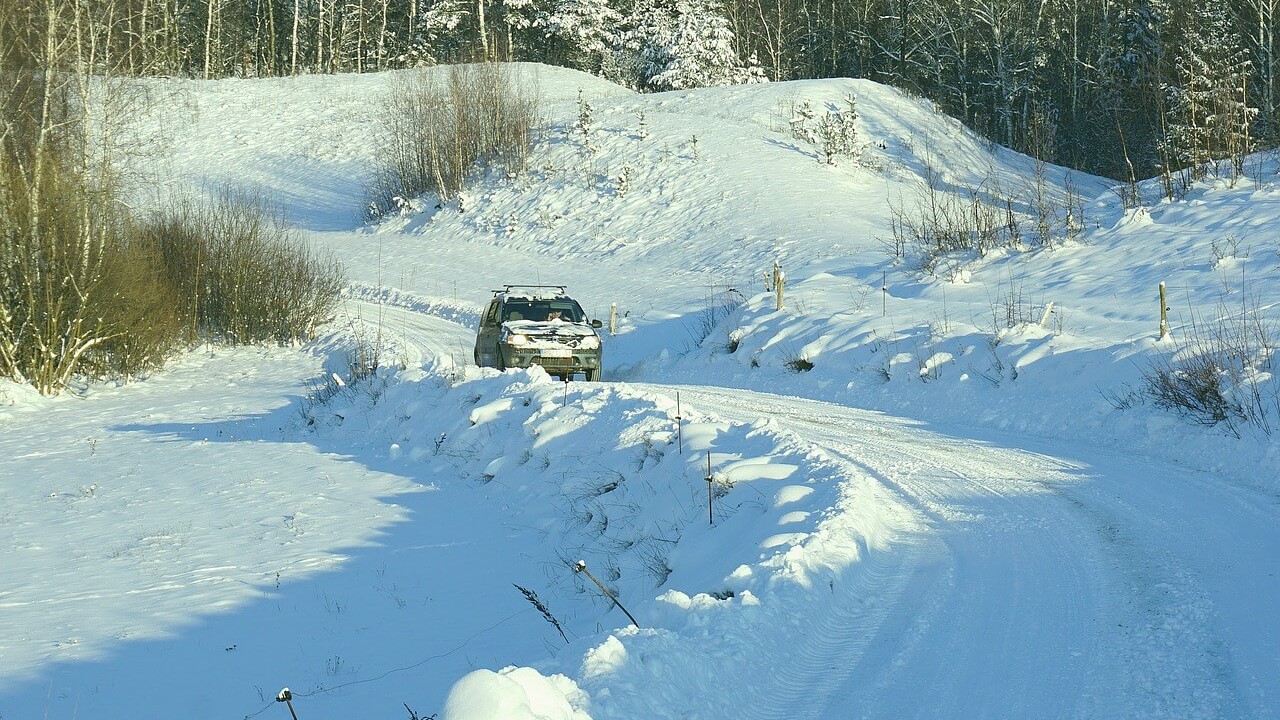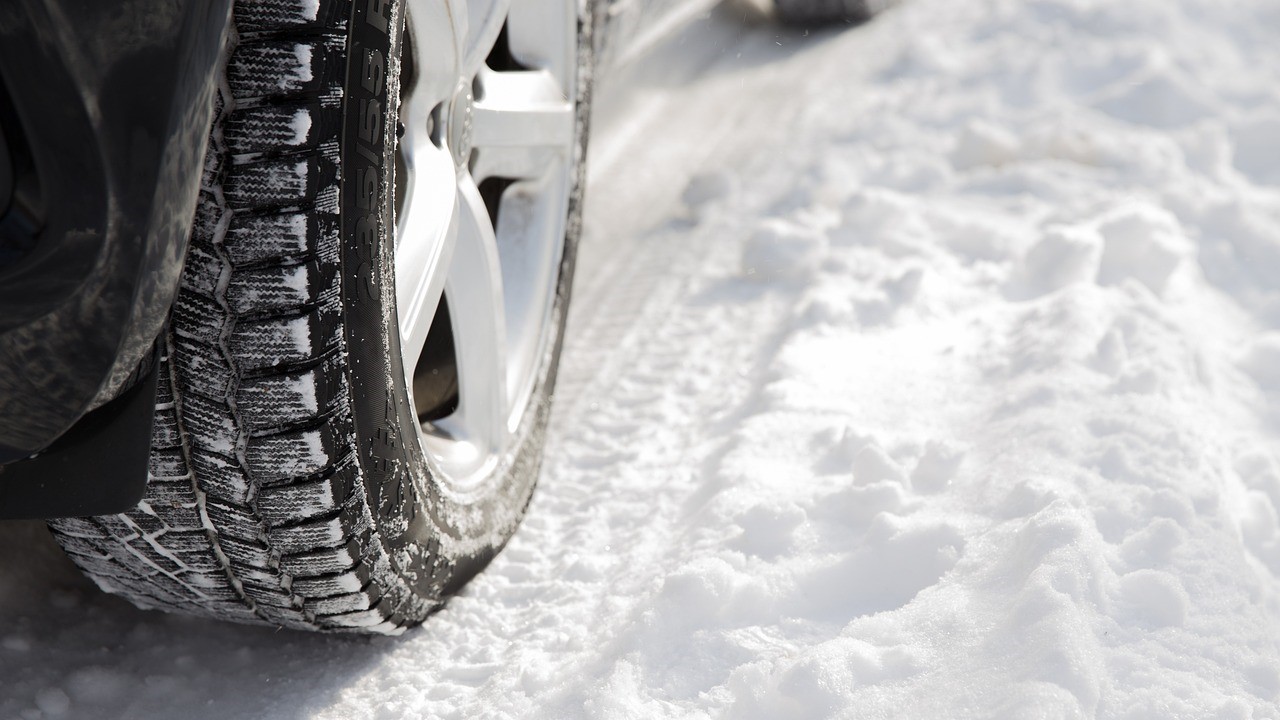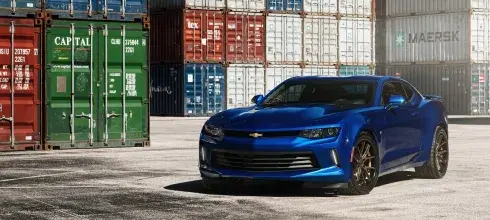
Welcome the Fall: A Great Time to Get Your Car Ready for Winter
Temperatures might be comfortable currently, but in a few weeks, outside temperatures will start to plummet. This is the time of the year when car owners start looking for tips to protect and secure their vehicles.
Of course, you will focus on staying cozy inside your vehicle with thoughts leaning towards heated seat covers, steering wheel covers, gloves, and hot drinks tumblers. However, it also pays to be prepared for roads covered in sleet, snow, and ice, and to tick off the items in a winter car maintenance checklist.
Keep reading if you want to stay safe in your vehicle this winter.
Winter checklist for your car

Winter tires
When winter comes, it’s time to change your tires, all four of them. Even the cheapest winter tires will perform better than summer and all-season tires when temperatures start to drop.
Winter tires might be a significant investment, but it’ll be worth it if you need to brake or change direction suddenly.
The right time to change to winter tires is when the first chilly days arrive. Around the end of October, the beginning of November when the temperatures drop below 45°F is the time to change your tires.
Winter tires are made of materials that perform well at low temperatures. The rubber tends to be softer and more elastic, and this is what provides the best grip in wintry weather.
As well as changing your tires, check tire pressures to make sure they’re within optimum range, not too old, and the grip is deep enough.
As soon as winter is over, you can return your summer tires to your car and store your winter tires until they’re needed again.
Car battery
Your car’s battery is particularly sensitive in low winter temperatures. The cold has a negative impact on it and your engine requires more power for the initial start because the engine oil will be thicker.
If your battery is already showing signs of dying and the starter struggling to rotate, it’s probably best that you replace your battery before any problems leave you stranded.
Even a battery in good condition can cause issues if you don’t use your car every day. During the winter, it’s often best to charge your car battery periodically using a smart car battery charger.
If you know you’re not going to be using your car for extended periods, don’t leave the battery out in the cold. Remove it from your car and store it somewhere at room temperature.
Further battery checks include cleaning the terminals of oxide and corrosion, tightening them correctly, and ensuring they’re in good contact.
Engine oil and filters
If your car is overdue for an oil change, don’t leave it until after the winter. Engine oil is much thicker when the temperatures are low and this makes lubricating and starting a cold engine more difficult. It’ll be easier if the oil is fresh and clean.
With every oil change, you should also change the oil filter, and replace the fuel and air filters. These changes will help your car’s engine perform well during difficult winter conditions.
The cabin filter is something else to change as this will ensure you’ve got a functioning heating system to keep you warm and control the condensation in the windows.
Spark plugs
When temperatures are low, well-functioning spark plugs on diesel engines are critical. A malfunction in one may not have too big an effect, but if two are bad, your engine likely won’t start at all.
Repeated attempts to start the engine will also kill the battery, complicating the situation even further.
To save yourself from any trouble, have the spark plugs checked and replace them if necessary.
Antifreeze
Before the mornings get too chilly, check the freezing temperature of the car’s coolant and add antifreeze if necessary.
If you’ve got a coolant tester, you can check it yourself. Otherwise, take it to your nearest garage.
There is another way you can check your coolant at home. Open the radiator cap and take out some of the liquid using a large syringe. Leave it in the freezer overnight and if it’s not thickened dramatically by the next morning, you can be certain it’s OK. All you’ll need to do is check the coolant level is between the minimum and maximum marks and top up if necessary.
Wipers and windshield washer fluid
If your windshield wiper blades are old, leave marks, or make a scratching sound, it’s time to replace them. Winter road conditions can change rapidly during the winter and good visibility is essential.
Low temperatures can also harden the wiper rubber making their performance less than satisfactory. During the winter months, your wipers will be in almost constant use because of the water, mud, and brine on the roads so they must work effectively.
Your windshield washer fluid will also need some attention. Check that the fluid is at the right level and if necessary, top it up. If you’re buying concentrated windshield washer fluid, dilute it according to the instructions and make sure you buy fluid that can withstand freezing temperatures.
Car body
During the winter, rock salt is commonly used for de-icing roads and highways. Such substances on the road are not the best friend of your car’s paint. If you want to protect it, it’s recommended that you have it waxed with high-quality car wax before the winter season.
You should also wash your car more often to prevent rust on the body and preserve the clear coat. Don’t forget to wash under the car as well because there are lots of areas that are prone to rust.
In addition, make sure the space underneath the windshield cowl trim is free of leaves as this will help the water drain faster and help the heating system operate efficiently.
Floor mats
During the winter, it’s a good idea to change the floor mats from carpet to runner as they are easier to clean and prevent moisture from reaching the floor of the vehicle.
Moisture can be problematic for electronics and cables and can lead to problems with window condensation.
Safety systems
Security systems such as the traction control, ABS, and ESP need to be working properly. The likelihood of needing one of them increases significantly during the winter.
Door seals
You’ll need to take care of and protect the rubber door seals with an application of liquid paraffin or ready-made specialized spray.
Such treatment will stop the doors from sticking and reduce the chance of the rubber seals tearing or getting damaged.
Fuel
Try to keep your fuel tank at least halfway full in case you get stuck and need to wait in your car with the engine running to keep warm.
Winter accessories
There are some additional items you might want to keep in your car for winter journeys just in case things get tough. They include:
- Ice scraper
- Spare winter windshield washer fluid
- Jumper cables
- Rope
- Shovel and sandbag
- Snow chains
- Defrosting spray for the windshield
Winter survival items to keep in your car

If you’re heading out in your car over the next few months there are some essentials you should keep in your car. Winter driving conditions can be treacherous, and it makes sense to be prepared.
Here is a list of some more winter survival items to carry in your car:
- Emergency road flares for when your car breaks down and you want people to see you
- Gloves and hand warmers to help prevent frostbite and protect your hands
- Ice scraper and brush to remove a build-up of snow and ice
- Sand, rock salt, or kitty litter to gain traction if you get stuck in the snow
- Traction mat for gaining traction in slippery road conditions
- Shovel to help dig your way out of a snowdrift
- Blankets in case you can’t run your heater to keep warm
- First aid kit in case of injury
- Basic hygiene items such as toilet paper, diapers, wet wipes, feminine supplies, hand sanitizer, mouthwash, tissue packs, and other personal hygiene items
- Emergency tire sealant
- Flashlight to help you see in the dark and signal for help
- Spare batteries for your flashlight and any other battery-powered devices
- Hand crank radio so you can monitor the weather and road conditions and listen to news and music should you get stuck
- Power bank jump starter
- Tool kit for any simple car maintenance that’s required on your journey
- Winter clothes such as coats, snow pants, gloves, boots, hats, and scarves in case of a winter car emergency
- Sunglasses to protect your eyes from the glare of the sun or snow
- Water and non-perishable snacks
- Matches, just in case you need to start a fire to keep warm
- Emergency multitool so you’re ready to handle any emergency
- Cell phone charger in the event of a long-term emergency
- Paper maps because you can’t always rely on Google
- Cash, credit cards, and insurance information for travel emergencies that come with unexpected expenses
Tips for winter driving

We thought we’d finish this post with some winter driving tips. It’s important to keep a level head and adhere to the following tips on winter driving safety.
Allow extra travel time
Driving in winter conditions typically takes longer than at other times of the year. The traffic is slower and there are often snow plows, salt sprayers, and unplowed roads to hamper your progress.
Prepare for winter driving by allowing yourself plenty of time to reach your destination.
Remove snow or ice from your car
Use an ice scraper to remove all traces of ice and snow from your windows. If there is a heavy accumulation of snow on the top of your vehicle, scrape or push it off before heading out onto the highway. This will stop any large chunks of icy snow from flying off while you’re driving.
Drive slower than usual
A good rule to live by is to follow the speed limit, however, if you’re uncertain about the conditions of the road, aim for around 10 mph under the speed limit, to be safe.
The faster your car is going, the less reaction time you’re allowing yourself to handle your car skidding on ice.
Keep your accelerating and decelerating slow and steady
Try not to rev up or slam on the brakes as both actions could launch your car into a tailspin.
Always wear your seatbelt
Wearing a seatbelt reduces your chance of injury in a car crash by more than 45%, so make sure to buckle up.
Don’t use cruise control
When driving in winter conditions you should always have complete control of your vehicle. A patch of slippery ice could pop up on the road at any time, so you need to be prepared.
Using cruise control in wintry conditions makes roads much more dangerous.
Watch out for black ice
Black ice is especially dangerous because it’s hard to spot, and you don’t know you’ve come up on it until your car starts to slide.
The best way to handle black ice is to let up on the gas and brakes and keep the wheel straight. If you start to fishtail, gently turn the wheel to the direction the spin is going until you’ve stopped or regained traction.
If you’ve got a long journey ahead and are worried about driving, why not consider using our auto transport services? We can ship your car to anywhere in the United States safely and at an affordable price.
Speak with our shipping advisors at (864) 546-5038 or use our Live Chat option. They’ll be happy to answer any questions and provide an instant free quote.







